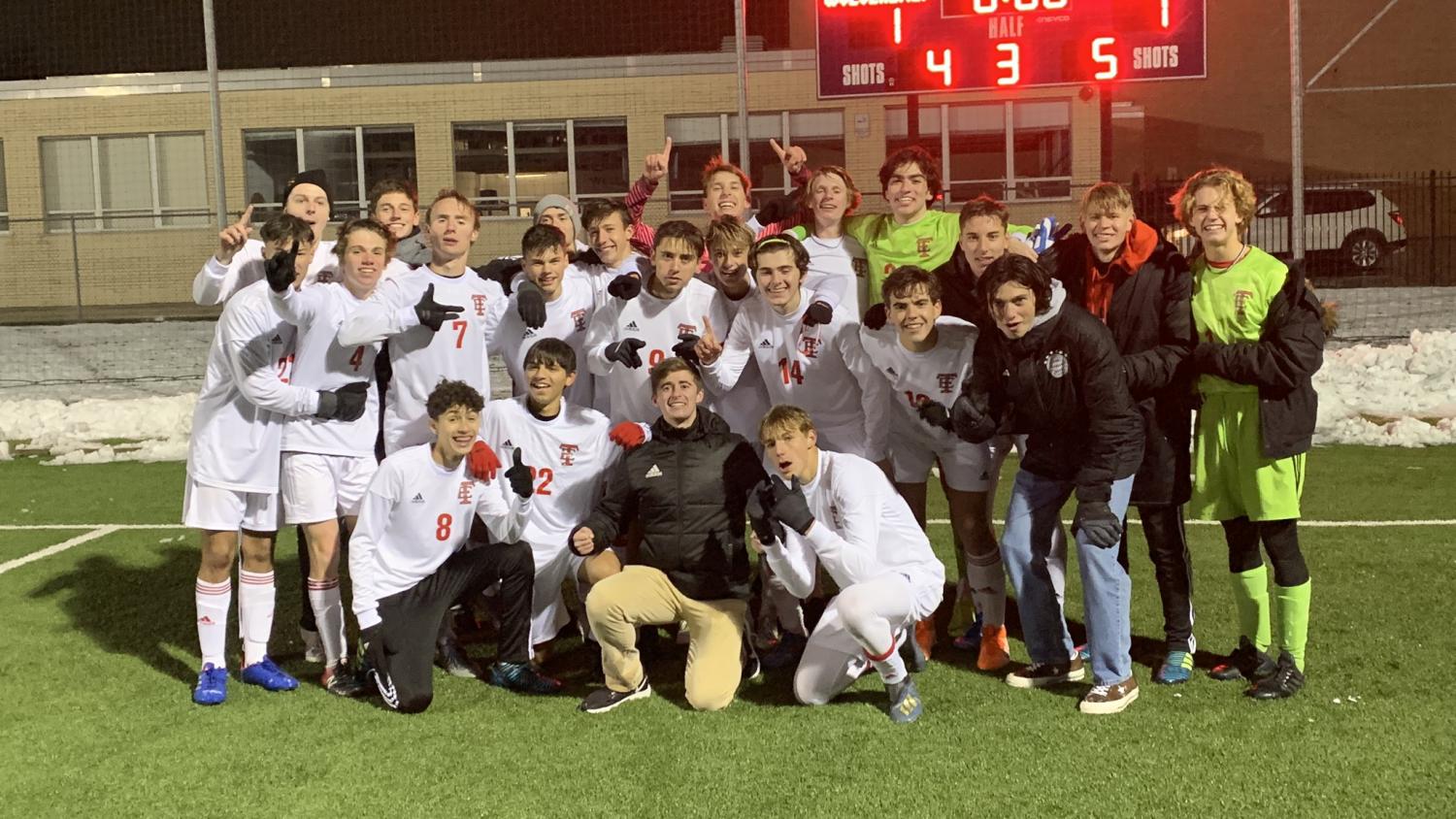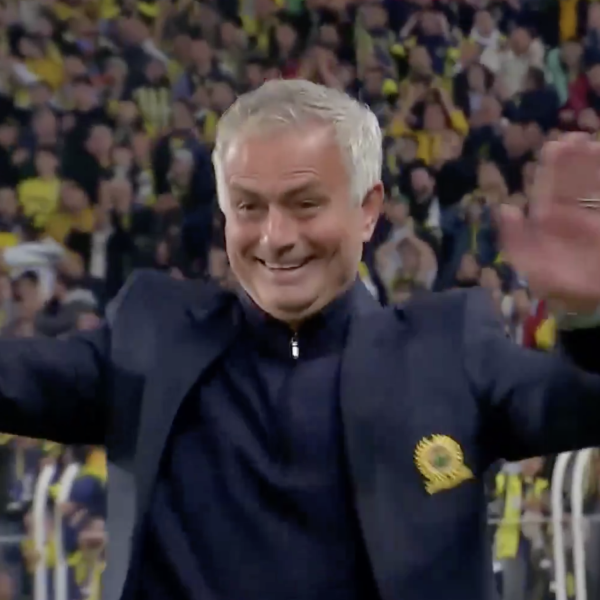The sun shines down on another day of soccer practice in suburban America. The heat reflects off the turf, making the late afternoon air a bit sultry but bearable. For a few brief minutes I forget about the global pandemic as I pepper the goalkeepers with low, hard shots.
This will be the second season as the goalkeeper coach for my former high school team, and I have enjoyed every minute of it. During a difficult year, coaching soccer this fall is something I have eagerly looked forward to.
This season will look very different though. A schedule that was supposed to start Aug. 27 will now begin Sept. 15, which means six games have to be rescheduled or canceled. It is unlikely fans will be able to attend matches.
No more than 50 people can occupy our practice field at a time. The guidelines limit activities during practice to groups of eight, with kids staying in their same groups throughout practice and ideally throughout the week.
We practiced the first week under these guidelines, but without masks. A new state mandate requires players to wear masks outdoors because it is nearly impossible to social distance during drills and small-sided games. Playing with masks on is difficult for the players, but necessary for everyone's safety.
Despite the strict guidelines in place, I still feel uneasy about the season progressing. The time spent on the pitch is just a small fraction of a high schooler's day. Who knows how well they are adhering to social distancing protocol during the rest of the day. I also worry about what will happen once school begins.
It's one thing to have a few dozen players and coaches interacting in an outdoor environment, especially when masks and/or social distancing are adhered to, but when hundreds of students are walking through crowded hallways between periods, social distancing is impossible and masks become much less effective.
I want to be optimistic about being able to complete the season, but my fear is that sports will be shut down soon after classes start due to Covid-19 outbreaks.
Everybody wants sports. I'd go as far as to say that this country needs sports, especially the eight million high school student athletes in this country who have been trapped inside for months on end. But at what cost?
Yes, the overwhelming majority of kids that get COVID will be fine, but what about the small majority that won't be OK? Is it fair to that tiny percent to restart sports? Everyone says they understand the risk they are taking by participating in sports this fall. These people are lucky, because they haven't experienced the effects of COVID first hand.
My family and I have stayed healthy so far, fortunately. Others have not.
Intense Facebook post here from Debbie Rucker, mother of Indiana freshman OL Brady Feeney. pic.twitter.com/Ula5lBQfO2
— Sam Blum (@SamBlum3) August 3, 2020
This isn't just the flu. More than 160,000 people have died in the U.S. alone from COVID. I'm not trying to be a fear-mongerer; that's just a fact.
While it is unlikely for a young person with COVID to become seriously ill, young people interact with their families, some of whom are elderly or have pre-existing medical conditions. There are young people with medical conditions as well.
The spread of COVID is as much, if not more so, about infecting at-risk individuals as it is the health of the student-athletes.
This isn't the NBA or MLS. High school soccer players won't compete in a bubble in Orlando. They don't have access to unlimited testing, and many don't have high-quality medical care readily available due to geographic or financial constraints.
While local and state high school scholastic athletic associations are doing their best to accommodate everyone, there is no perfect solution.
Canceling high school sports completely is harmful to the mental health of student athletes and damaging to athletic departments. Playing the season comes with the inherent risk of infection and contributes to the overall spread of the virus.
Is the potential cost of allowing high school sports to continue worth the risk?
Coronavirus will be here for the rest of our lives, and we need to learn to live with it, but trying to restart normal operations too soon unnecessarily puts countless lives in danger. With the way this country has responded, I don't exactly trust us to be able to "return to normal" any time soon.
If people had taken simple precautions, like staying inside, social distancing and wearing masks, instead of immediately rushing to the nearest crowded space once lockdown ended, then maybe we wouldn't be in this position.
If you (a) refuse to wear a mask and (b) are angry that college football isn't happening this fall, at least you have the inner peace that comes from definitively knowing that it's your own fault.
— Ken Tremendous (@KenTremendous) August 10, 2020
It feels like six years, but COVID has only been in the states for six months.
There are times where every fiber of my body wants to be running around on a field playing any sport. But then there are times where sports seem so utterly unimportant in the larger scheme of things.
New cases in my state keep hitting all-time highs and I'm out here kicking soccer balls, feeling guilty as I enjoy myself. As much as I want to play this season, I'm not sure it's safe. I'm not sure in-person school is safe.
I don't have any answers. And that is scary.
Practice is over, and the players return to their socially-distanced bags, removing their masks as they walk off the pitch in small groups. The squad disperses for the evening, but it all just seems so surreal.
I wonder if things will ever get back to normal.




